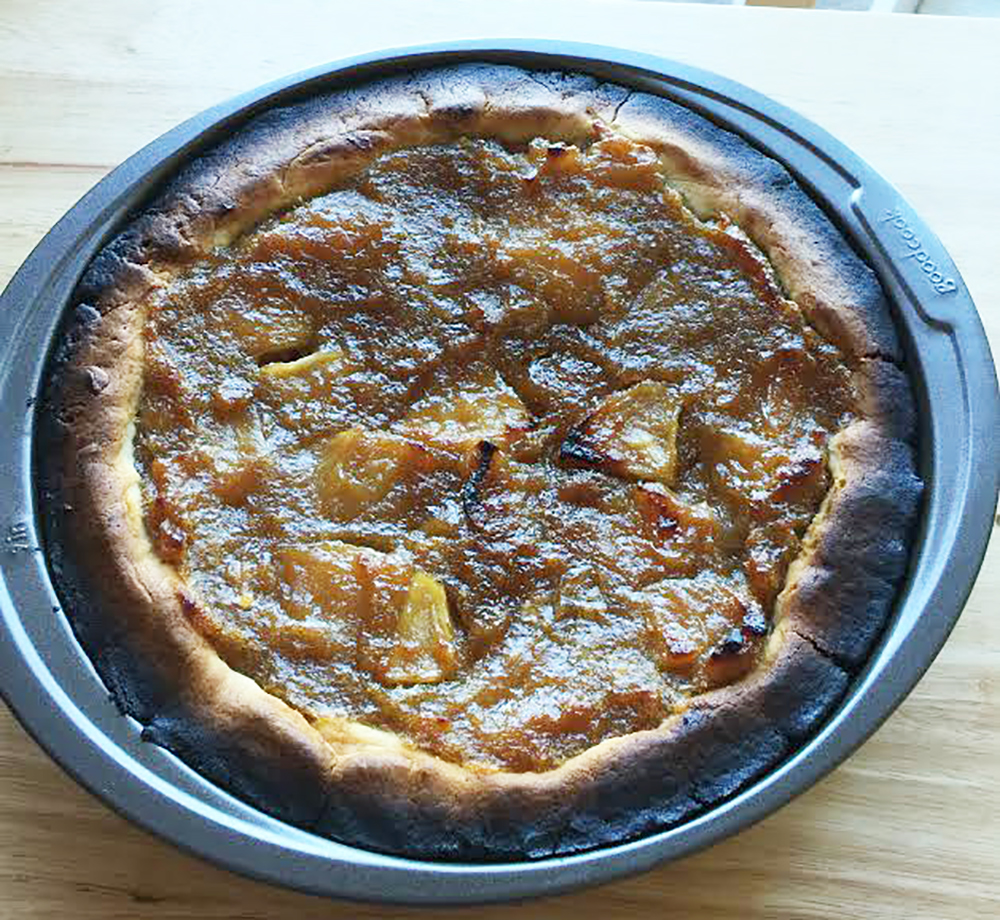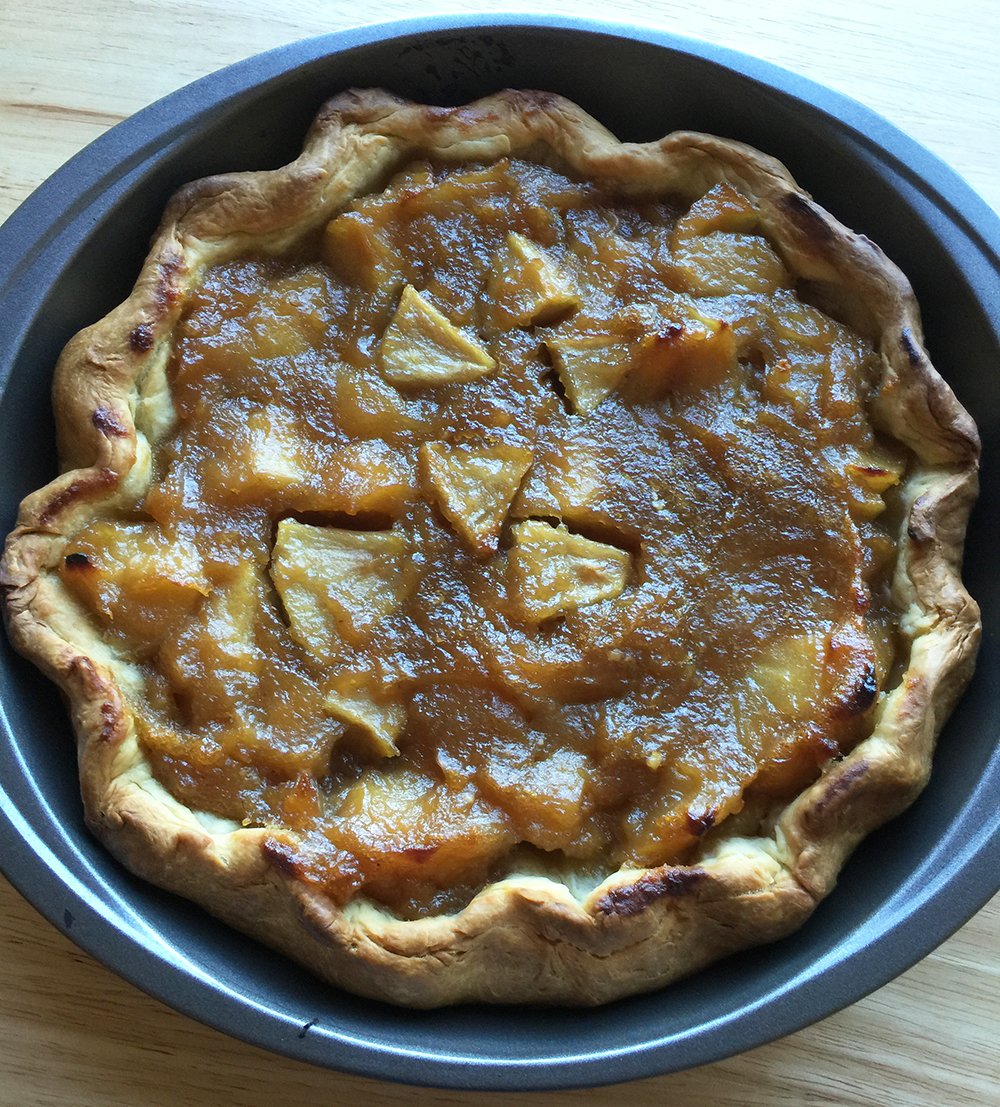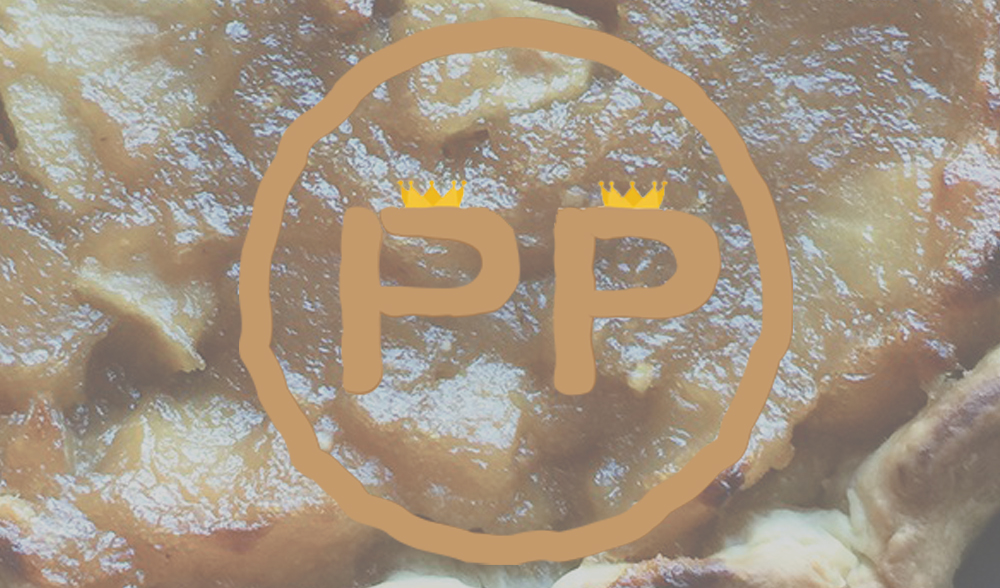Hello, this is Curtis coming back from the dead. For this post I will be talking about two different types of pie crusts, specifically pâte sucrée and pâte brisée.
Pâte Sucrée
The first pie crust we will look at today is the pâte sucrée crust which is a sweet dough, and that means the crust is too. On my first try making and baking a pâte sucrée crust, it quickly cooked and got burnt.
When the freshly made dough came out from the mixing bowl, it was pretty easy to handle. Then, I put the dough in the fridge after it was done, so the dough could harden a little for easier use. Apparently, that was a mistake. After I took the dough out from the fridge, I regretted putting it in there for such a long time (about 13 hours) as the dough turned out to be hard and crumbly. To make the dough more moist and flexible, I put it back into the mixing machine and added a few teaspoons of water and used a hair dryer to warm up the dough. This helped make the dough seem as if it was just made.

Pâte Brisée
The second crust we will be looking at today is the pâte brisée. Unlike pate sucrée, this isn’t a sweet crust. Pâte brisée is like a classic French crust, and also unlike my pâte sucrée, it came out pretty good—it wasn’t burnt and it was the right color.
The making of the dough was easy, but I put this dough in the fridge the same time with the pate sucrée dough, so I was scared when I took it out of the fridge. Surprisingly, it was still very moist and easy to use. I think this was because, unlike the pâte sucrée, I had added water in with the dough.

Comparing the Crusts:
Between these two crusts, my favorite is the Pâte brisée because it was easier to work with. Compared to pate sucrée, Pâte brisée is flakier and sturdier, which means while it can be thin it can also hold a liquidy filling. A pate sucrée crust isn’t that crispy and doesn’t give a good crunch because it contains a lot of butter in it, which gives it more of a crumbly texture.





